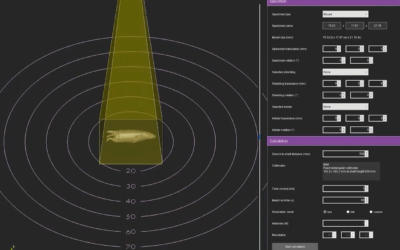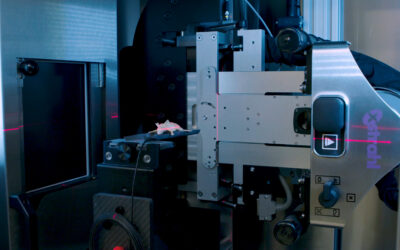Histone acetyltransferase 1 (Hat1) is responsible for the acetylation of newly synthesized histone H4 on lysines 5 and 12 during the process of chromatin assembly. To understand the broader biological role of Hat1, we have generated a conditional mouse knockout model of this enzyme. We previously reported that Hat1 is required for viability and important for mammalian development and genome stability. In this study, we show that haploinsufficiency of Hat1 results in a significant decrease in lifespan. Defects observed in Hat1+/- mice are consistent with an early-onset aging phenotype. These include lordokyphosis (hunchback), muscle atrophy, minor growth retardation, reduced subcutaneous fat, cancer, and paralysis. In addition, the expression of Hat1 is linked to the normal aging process as Hat1 mRNA and protein becomes undetectable in many tissues in old mice. At the cellular level, fibroblasts from Hat1 haploinsufficient embryos undergo early senescence and accumulate high levels of p21. Hat1+/- mouse embryonic fibroblasts (MEFs) display modest increases in endogenous DNA damage but have significantly higher levels of reactive oxygen species (ROS). Consistently, further studies show that Hat1-/- MEFs exhibit mitochondrial defects suggesting a critical role for Hat1 in mitochondrial function. Taken together, these data show that loss of Hat1 induces multiple hallmarks of early-onset aging.
Nagarajan P, Agudelo Garcia PA, Iyer CC, Popova LV, Arnold WD, Parthun MR.






